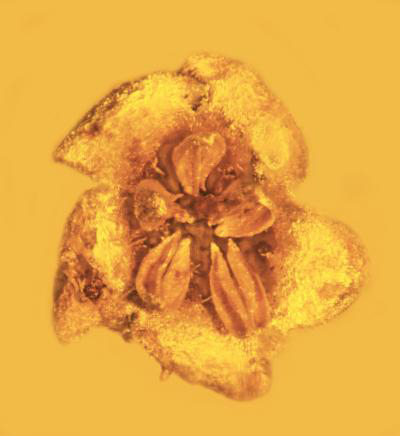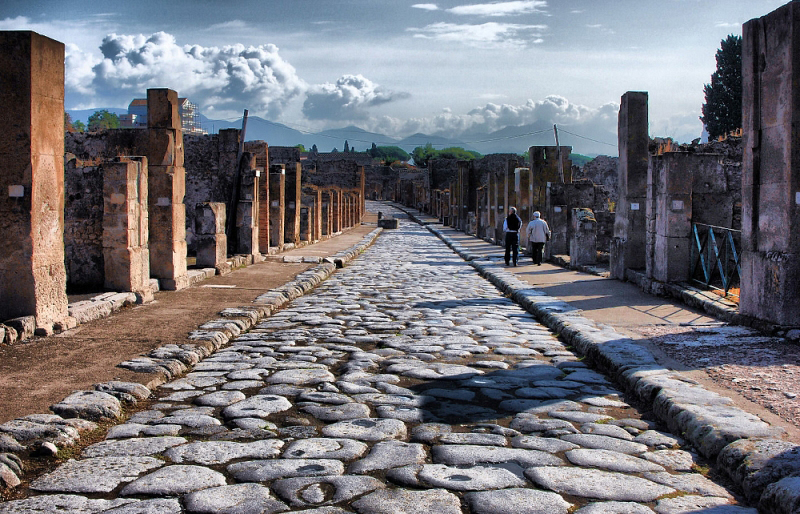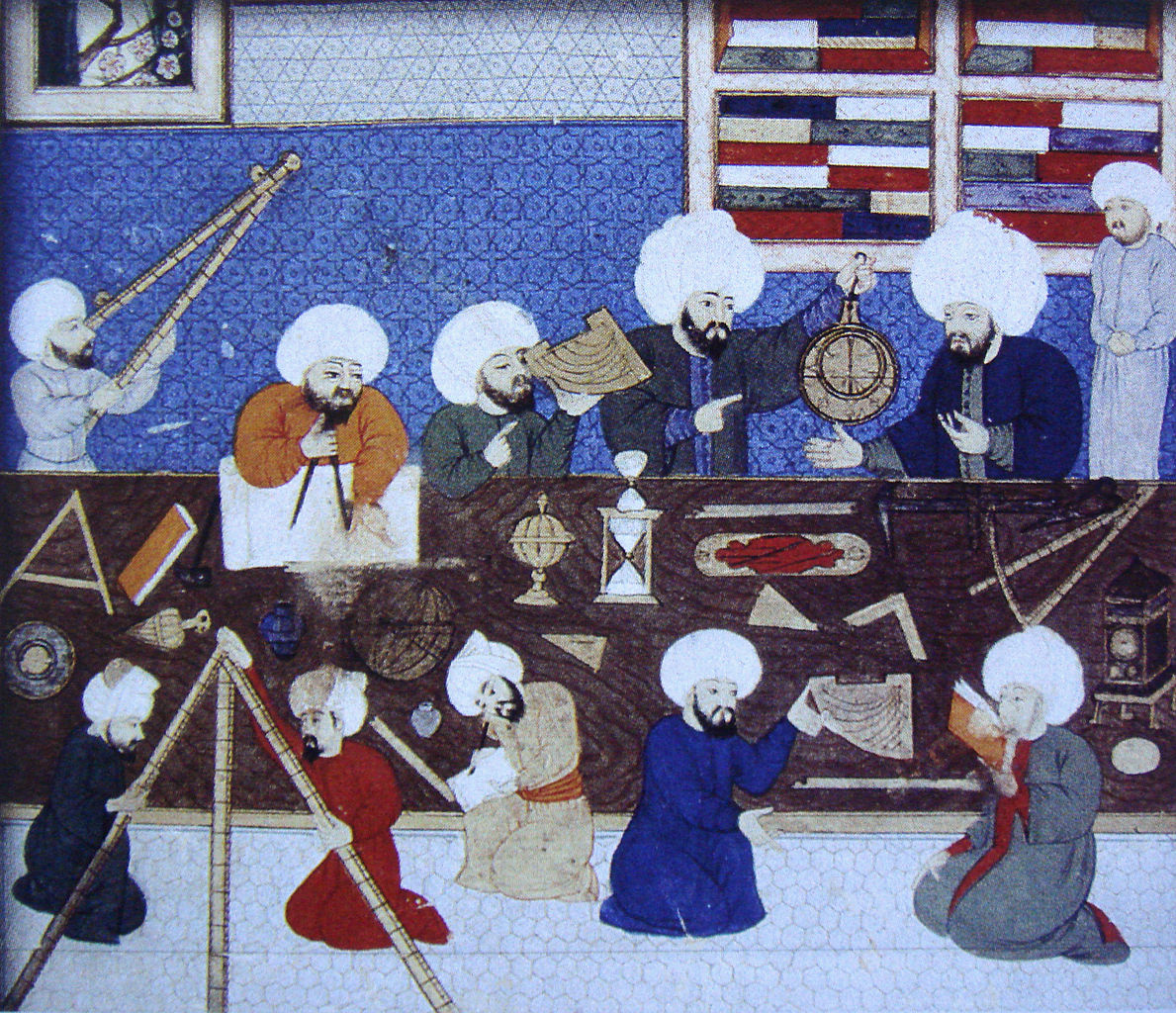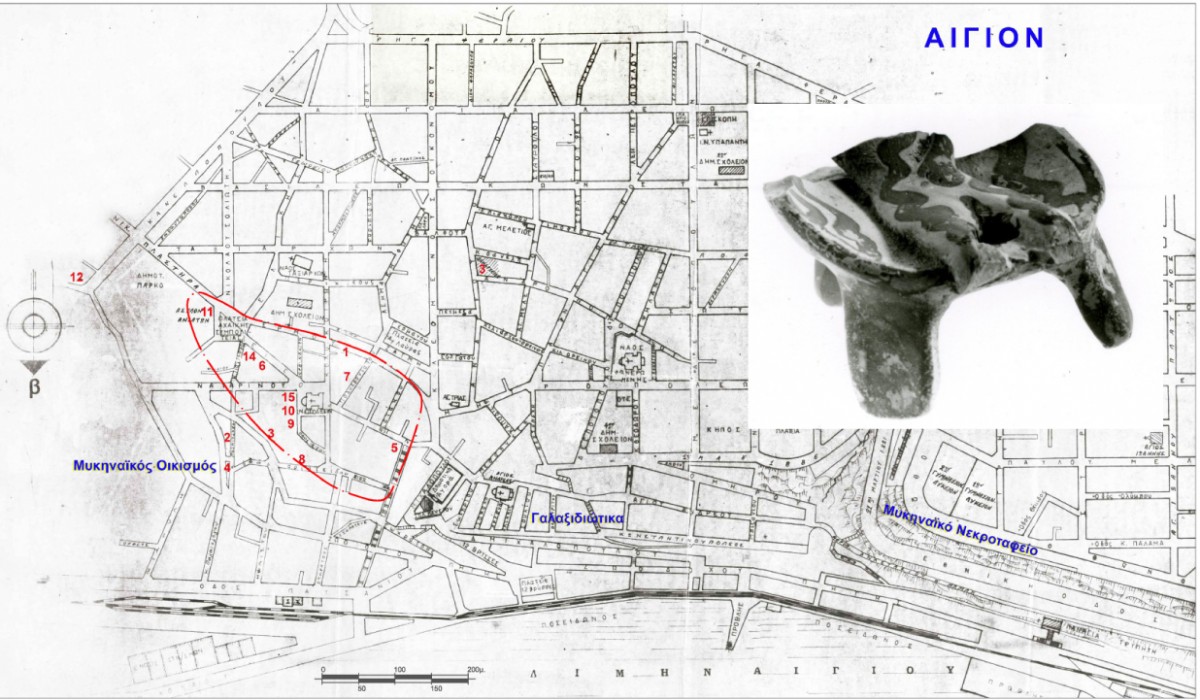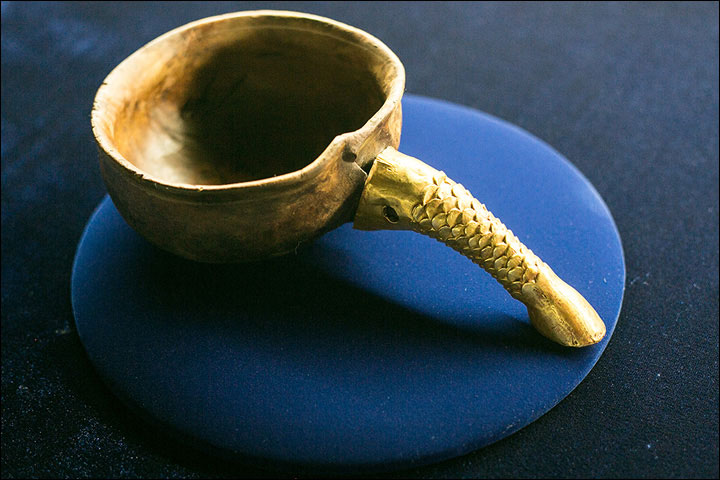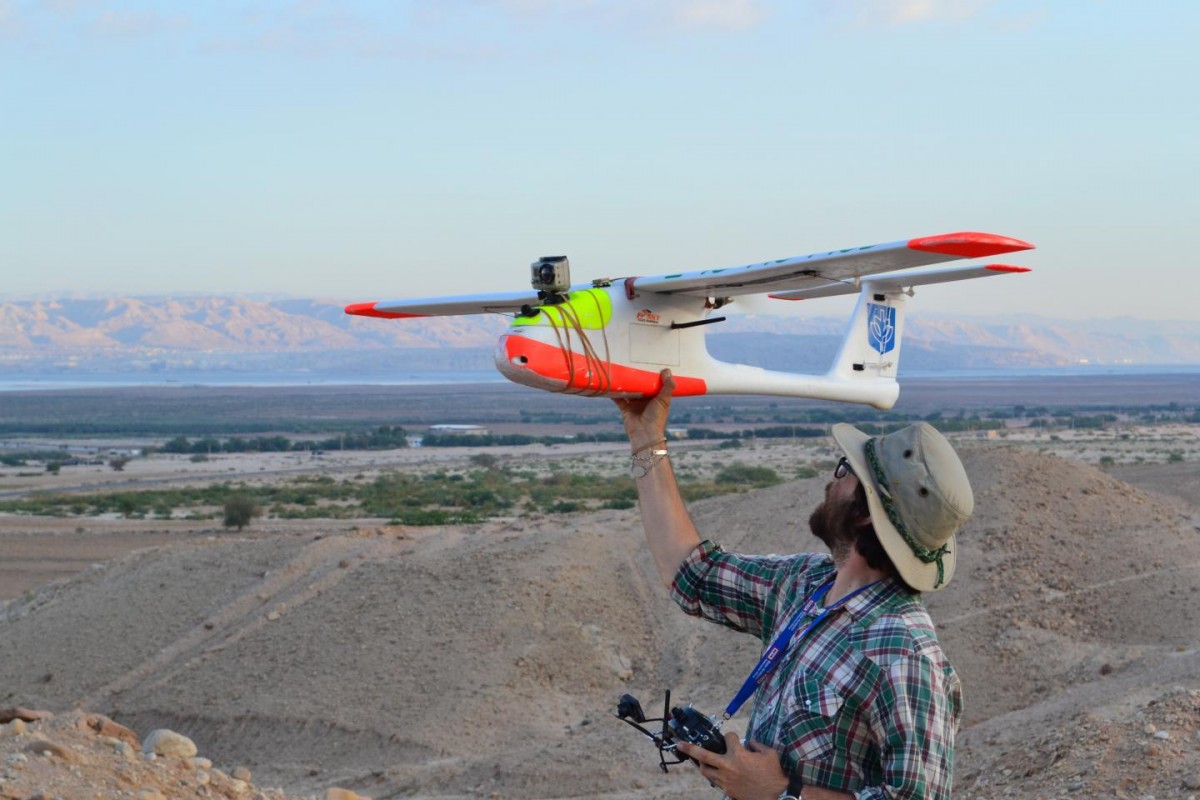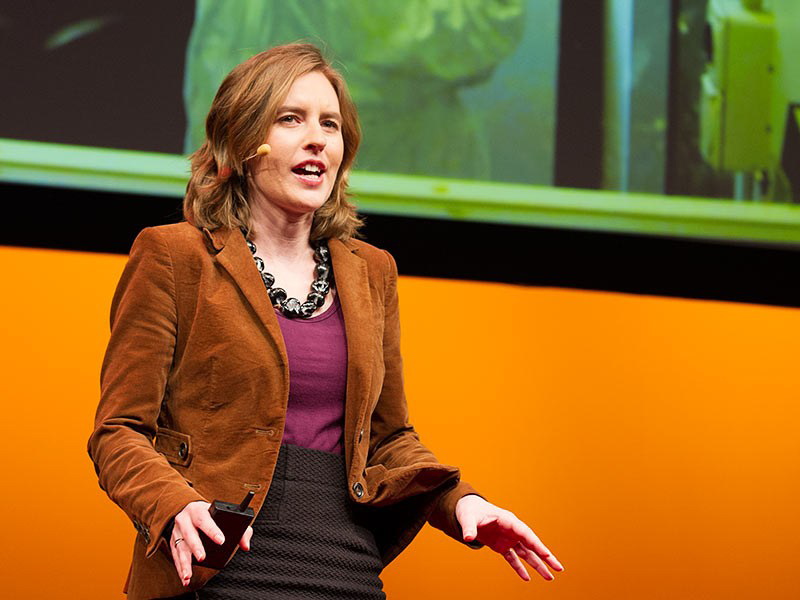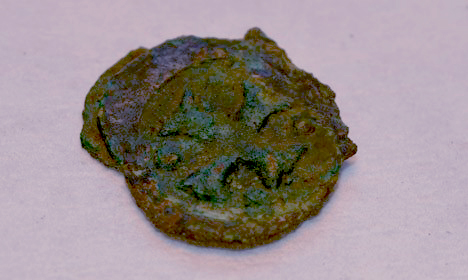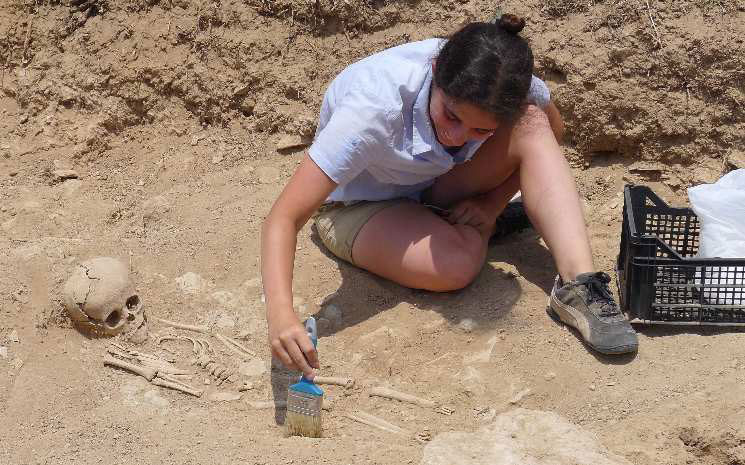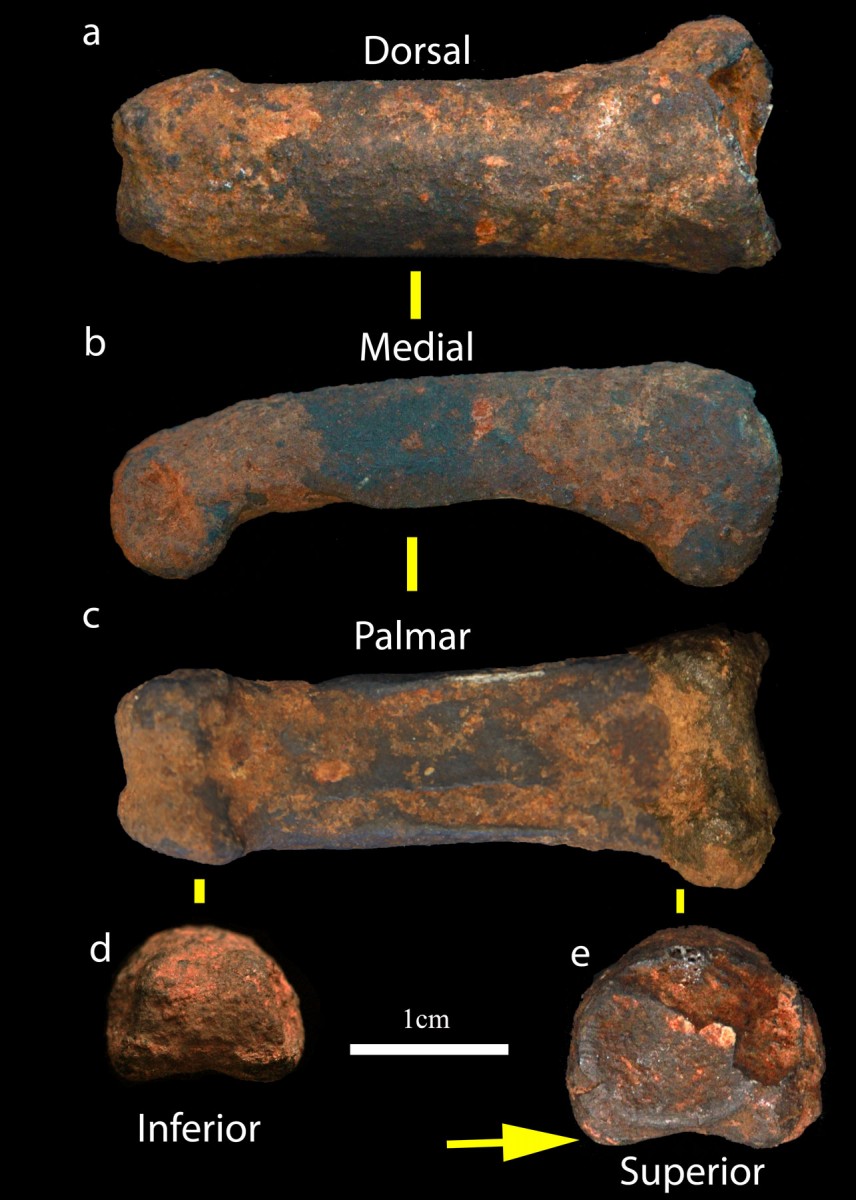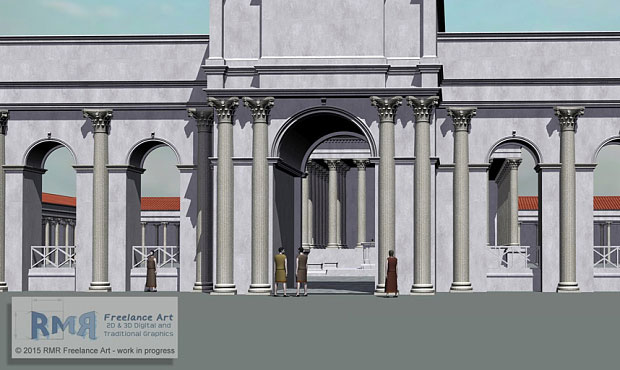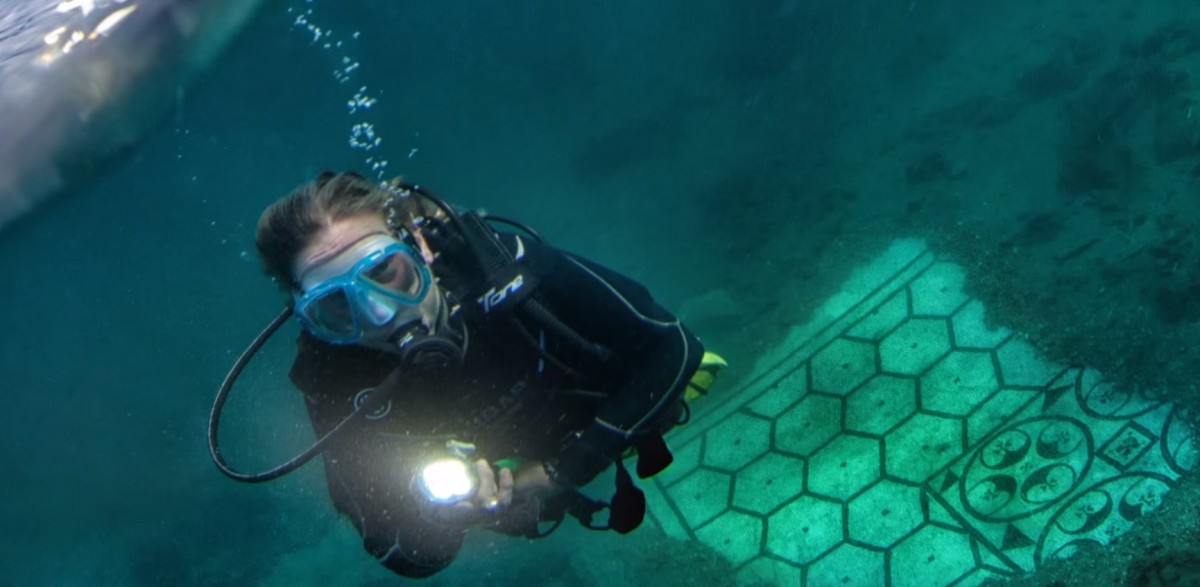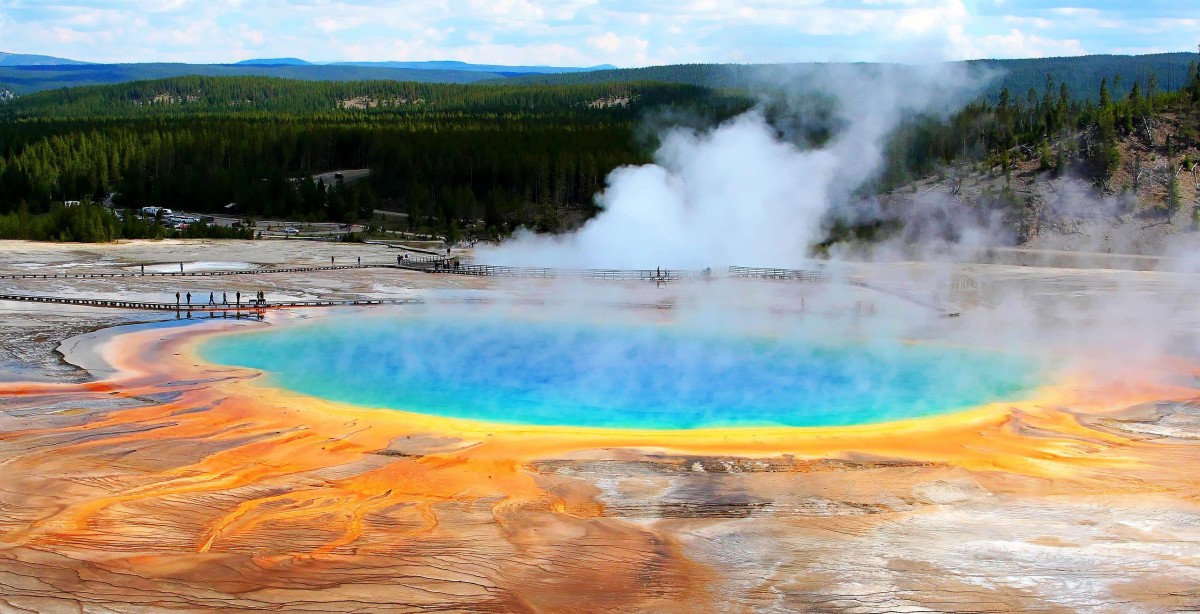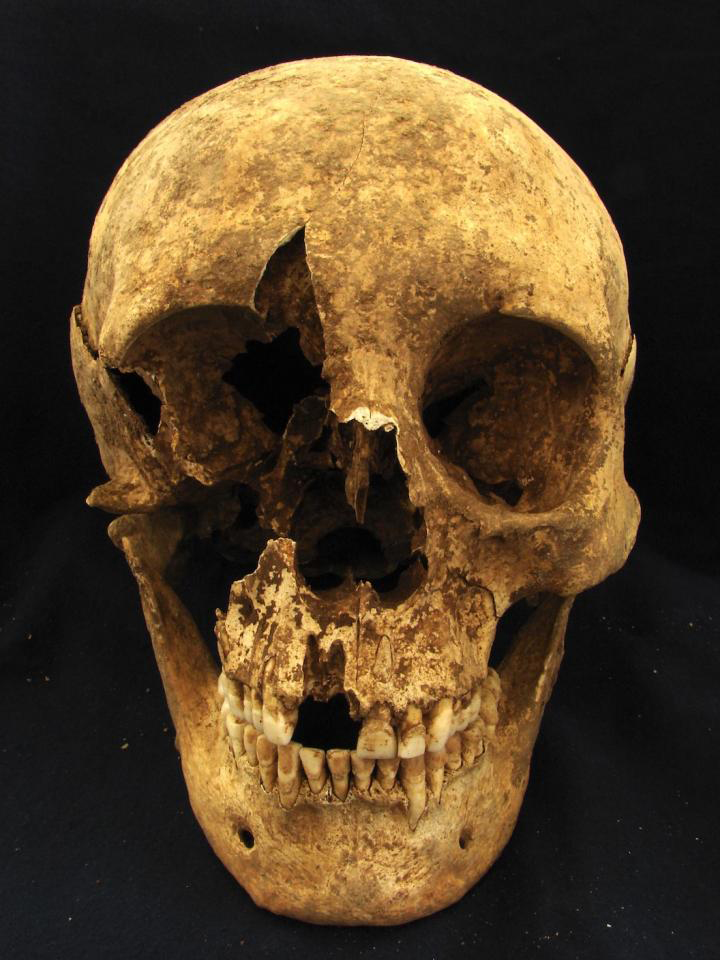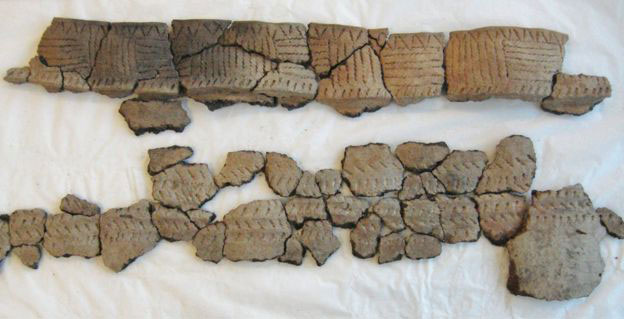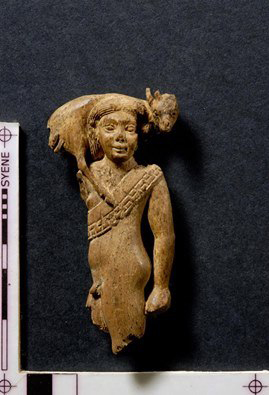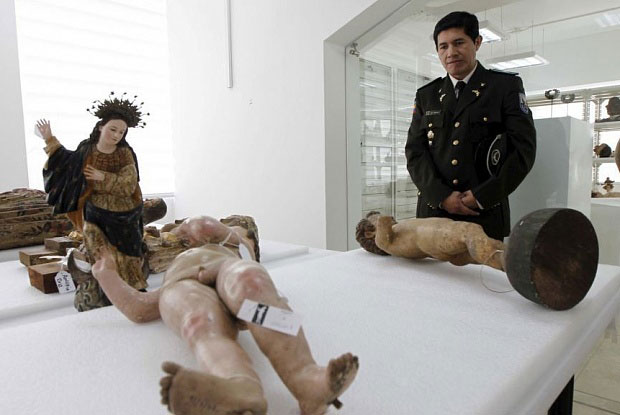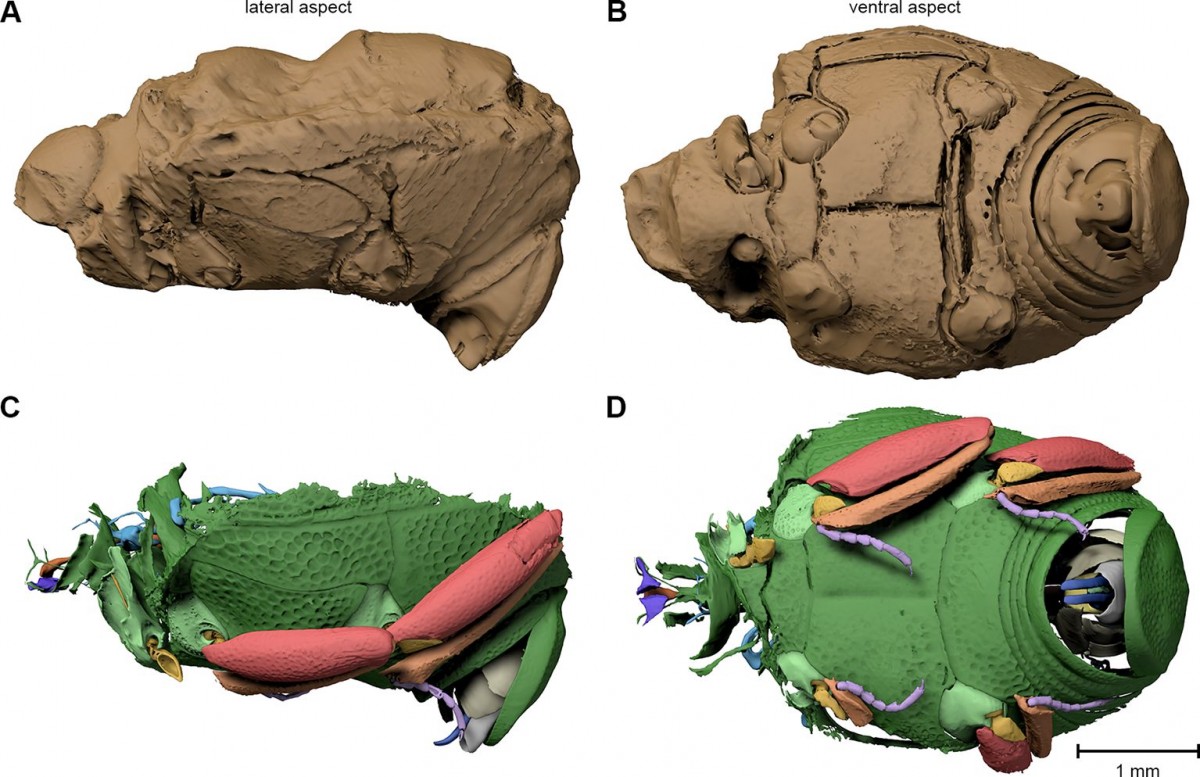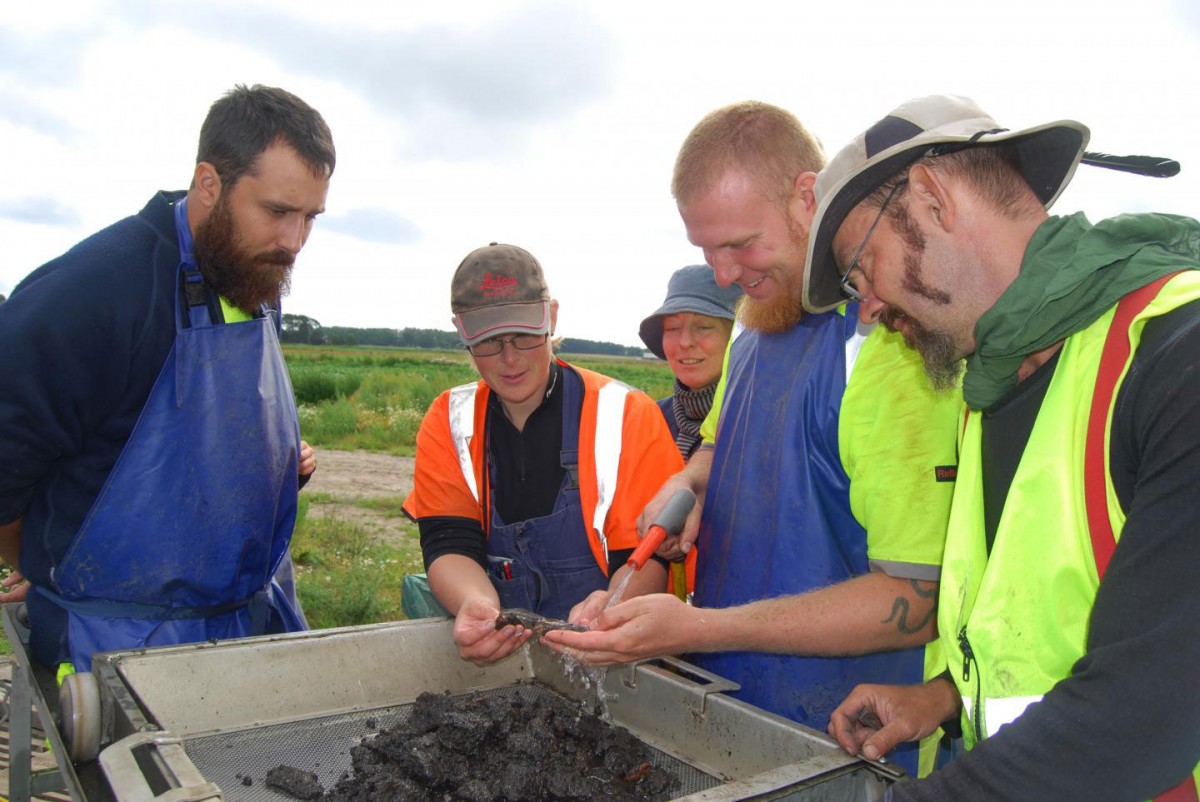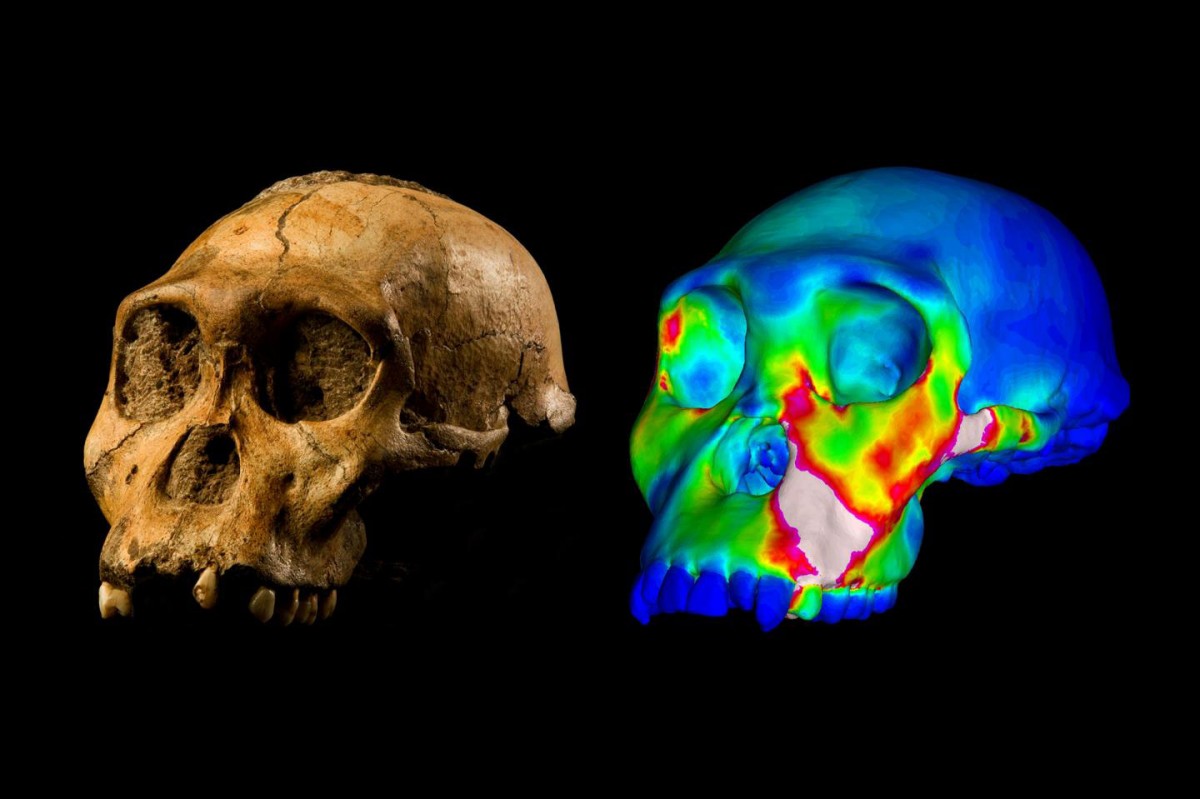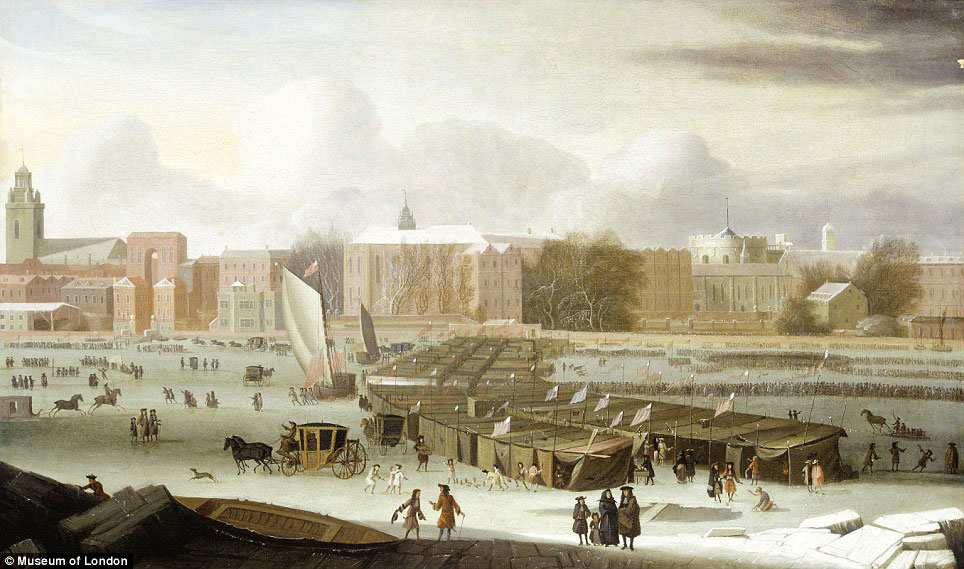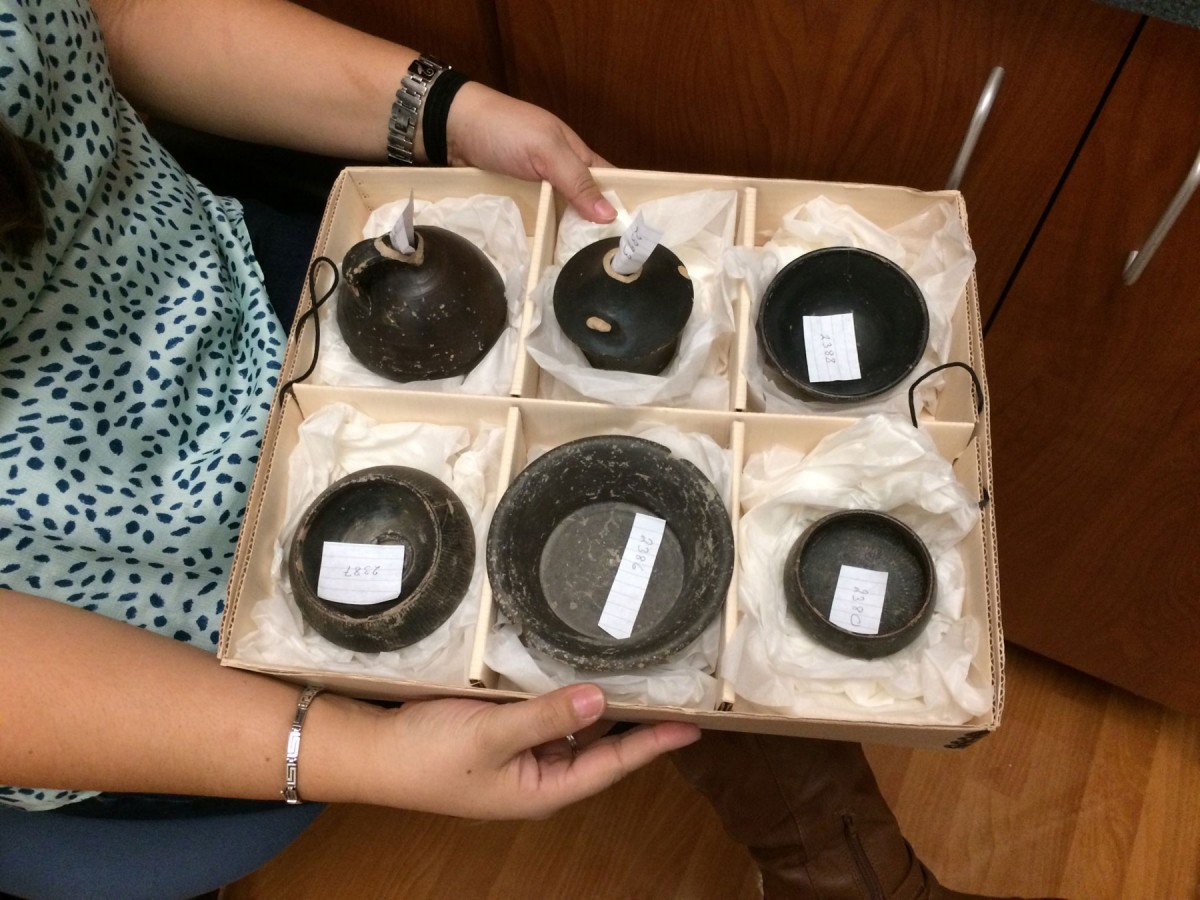Ancient flowering plant was beautiful, but probably poisonous
Researchers announced in the journal Nature Plants the discovery of the first-ever fossil specimens of an "asterid" — a family of flowering plants that gave us everything from the potato to tomatoes, tobacco, petunias and our morning cup of coffee.
Save the archaeological heritage of Italy!
The Italian Ministry of Cultural Heritage is undertaking a radical reform of the legal system which protects the archeological monuments. Italian archaeologists invite the Ministry to withdraw the proposed decree.
From washing machines to computers…
Many inventions that we typically think of as modern actually have precedents dating back over 1000 years.
Mycenaean Aigion: The puzzle of rescue excavations in a modern city
Dr Papazoglou-Manioudaki's paper about the Mycenaean Aigion will be presented at the 4th meeting of the Mycenaean Seminar, on Thursday, February 25, 2016.
An overview of the rich tomb in Tuva
The Siberian Times have published a detailed overview of the contents and information retrieved by archaeologists at the Arzhan 2 tomb in the Republic of Tuva.
Drones for research: DePaul University archaeologist to explain UAV use at Fifa
The use of unmanned aerial vehicles —drones— to document and monitor a ravaged landscape on the Dead Sea Plain in Jordan for the past three years reveals that looting continues at the site.
New appreciation for human microbiome leads to greater understanding of human health
University of Oklahoma anthropologists are studying the ancient and modern human microbiome and the role it plays in human health and disease.
Catastrophic failure of ice age dam changed ocean circulation and climate
The catastrophic release of fresh water from a vast South American lake at the end of the last Ice Age was significant enough to change circulation in the Pacific Ocean, according to new research co-authored by a PhD student from the University of Bristol.
Medieval coins found in Denmark
Coins dating about 700 years back were detected in a field in Jutland, Denmark.
Fabrika Hill: Excavations of the Roman house
2015 excavations by “Mission Archéologique Française à Paphos” (MafaP) at Fabrika Hill, Cyprus, have been completed.
South Africa’s Sterkfontein Caves produce 2 new hominin fossils
Specimens from the Homo genus can be associated with early stone tools dated to 2.18 million years ago.
Monumental Roman arcade found in Britain
A Roman arcade, the largest one in Britain, has been uncovered in Colchester, at a construction site of a new apartment block.
Light and manganese to discover the source of submerged Roman marble
The Roman Emperors used to spend their summers in the city of Baia, near Naples. With the passage of time, however, the majority of their luxury villas became immersed under water.
Study challenges widely accepted theory of Yellowstone formation
Understanding the complex geological processes that form supervolcanoes could ultimately help geologists determine what triggers their eruptions.
Clues about human migration to Imperial Rome
Ancient immigrants to Rome included young children, men.
Bronze Age cremation burial site found by a badger
Archaeologists discovered a Bronze Age cremation burial site near Stonehenge thanks to a badger digging up a mound.
Egyptian Embassy in Germany receives an ivory statuette
Egypt's Embassy in Berlin has received an ivory statuette that dates back to the 7th or 8th century BC as a first step to repatriate it to its place of origin.
Ecuadorian artefacts returned from Spain and Argentina
Ecuadorian authorities announced the repatriation of about 500 artefacts from Argentina and Spain last week.
Fossils turn out to be a rich source of information
Research team, coleaded by University of Bonn, discovers a surprising inner life in long-overlooked beetles.
Scientists map Greenland Ice movement during past 9,000 years
Scientists have created the first map that shows how the Greenland Ice Sheet has moved over time, revealing that ice in the interior is moving more slowly toward the edges than it has, on average, during the past 9,000 years.
Signs of early settlement in the Nordic region date back to the cradle of civilisation
The discovery of the world’s oldest storage of fermented fish in southern Sweden could rewrite the Nordic prehistory with findings indicating a far more complex society than previously thought.
Early human ancestor didn’t have the jaws of a nutcracker
Biting too hard would have dislocated jaw of Australopithecus sediba.
New ‘Little Ice Age’ coincides with fall of Eastern Roman Empire and growth of Arab Empire
Researchers from the international Past Global Changes (PAGES) project write in the journal Nature Geoscience that they have identified an unprecedented, long-lasting cooling in the northern hemisphere 1500 years ago.
Researchers help capture lifecycle of Roman pottery
University of Arkansas researchers are collaborating with the Capitoline Museum and the University of Missouri to study Roman pottery stored in the museum for more than a century.
